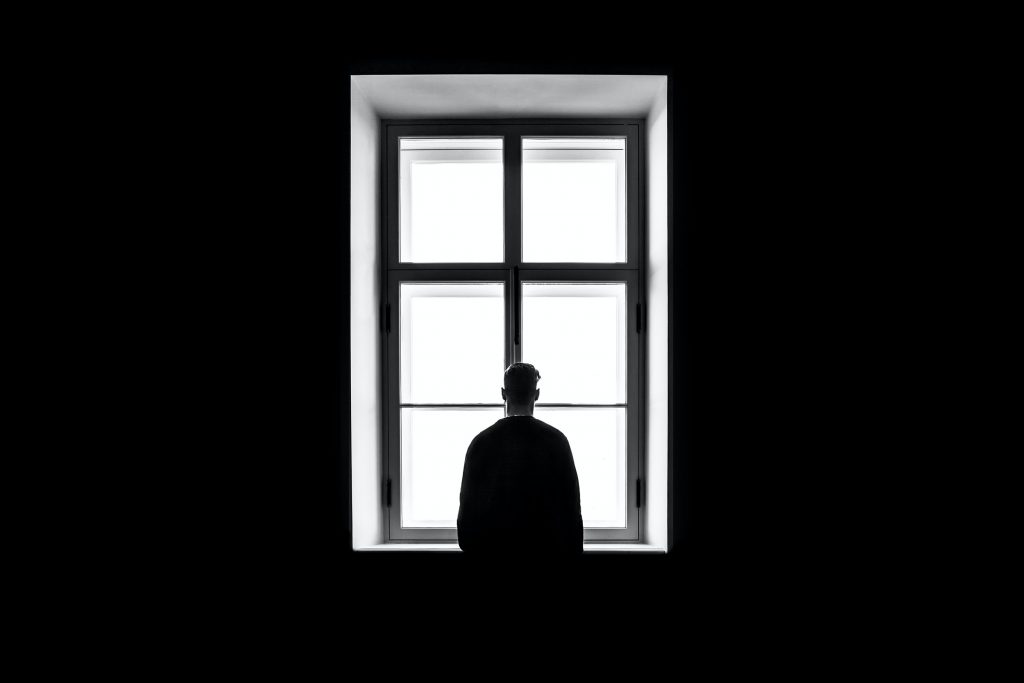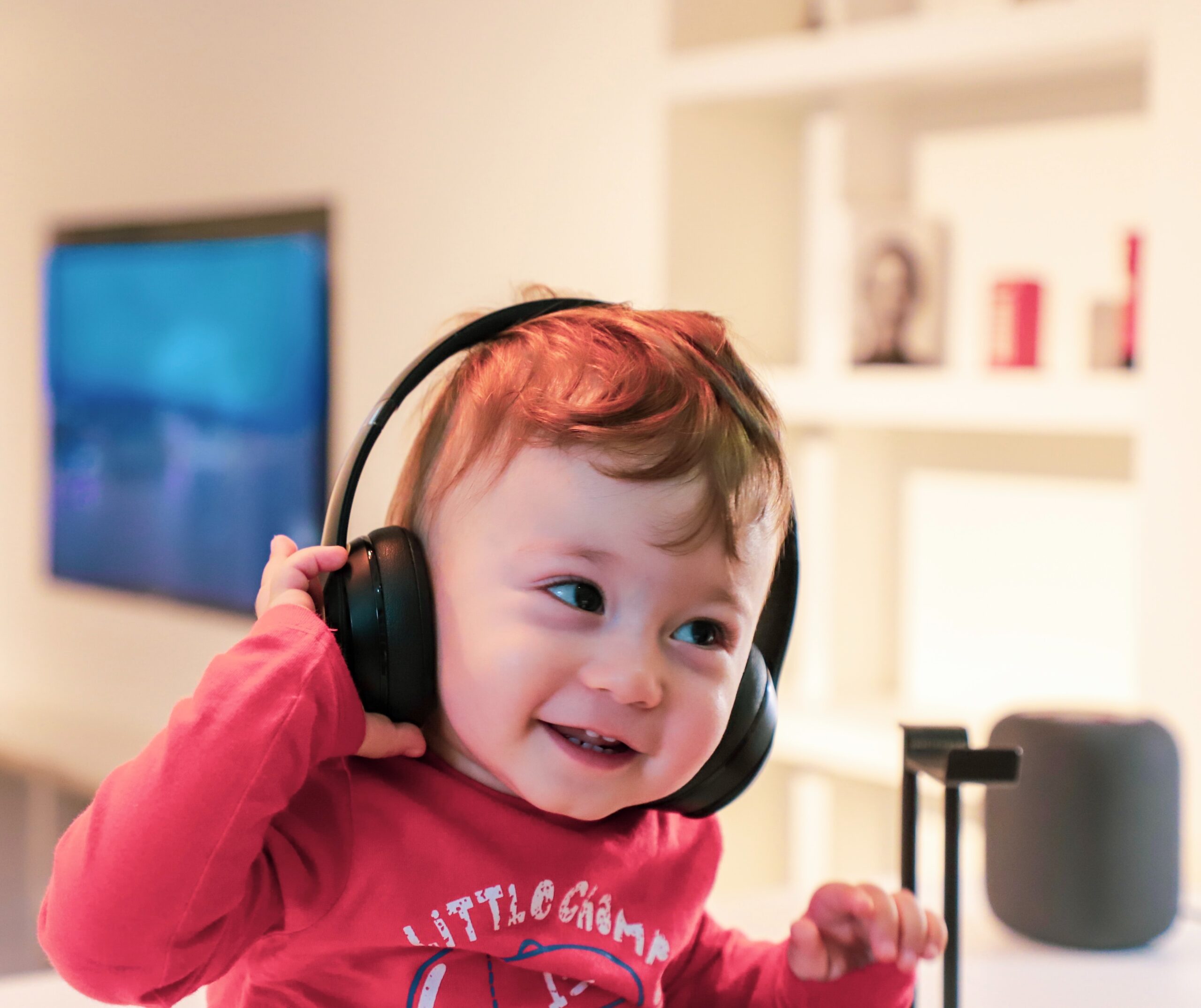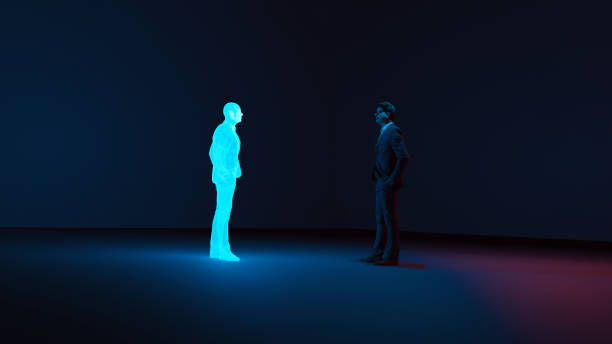Recurrence Of Seasonal Affective Disorder In Youth: Coping Mechanism
By: Asim Mudgal
Feature Articles, Health & Welfare, Psychology, Social & Youth development,

How SAD? I asked. They put Summer Depression by Lana Del Rey in the story and moods that change with seasons. A recent encounter brings me back to the question, “Do People Feel Depressed Seasonally?” a deep and reflective question that brings me to the topic of Seasonal Affective Disorder. Yes, Seasonal Affective Disorder (SAD) answers my queries and concerns regarding the unawareness of this health problem in Youth and generational people. Most commonly concerning the under developing and uneducated economic belt. The first thing I read was that it’s okay and completely normal to feel such feelings of depression, and one can seek help rather than being tabooed.
Defining SAD (Seasonal Affective Disorder) & Problems
Definition
Seasonal Affective Disorder (SAD), as defined by the Diagnostic and Statistical Manual of Mental Disorders DSM-5 a recurring depression pattern appearing with specific seasons, most specifically during December, January, and February (Winter Seasons) for two or more years. A condition arises in a month when days are the shortest.
Problems
People with recurring seasonal affective disorder feel difficulty balancing neurotransmitters serotonin and Melatonin. Additionally, the neurotransmitters serotonin helps in balancing mood while Melatonin is responsive to darkness. In winter, Melatonin increases, causing people with SAD to feel sleepy and lethargic, while serotonin levels decrease in fall. Further, the increasing Melatonin and decreasing serotonin impact circadian rhythms- the body’s internal 24-hour clock.
Symptoms Of Seasonal Affective Disorder

[Image Source: https://bit.ly/3xTTAcU]
SAD as associations have been associated with a form of depression that occurs while particular seasons have similar symptoms of depression. Further, as included by the American Psychiatric Association, symptoms of SAD include:
Sadness: The feeling of sadness, more or less, is likely to be associated with depression but is not commonly a factor as people may feel sad in general.
Interests: It is a commonly recognised factor among Youth who loses interest and pleasure in doing activities once enjoyed. Not being interested in certain things is alright as people sometimes might enjoy sitting alone doing nothing at home. But lack of enjoyment, excitement, or pleasure to even sit back could be counted as a serious concern.
Appetite: People with SAD tend to increase their habits of eating more, especially a craving for carbohydrates.
Sleep: We know how SAD leads to disproportionate circadian rhythms- the body’s internal 24-hour clock causes sleeping more, adding to the loss of energy and increased fatigue. Eventually, healthy sleep is one of the parameters for healthy living. And if that’s disturbed for even one day, you feel restless and heavy for the whole 24 hours until to make up your sleep.
Physical Activity: Most common function of the body is purposed physical activity and motivation to regulate and function within society. The emotional and physical turbulence due to Seasonal Affective Disorder often leads to physically challenging activity e.g. inability to sit still, pacing, handwringing, slowed movements, speech, difficulty thinking, concentrating, and making decisions.
Suicidal Thoughts: Problem of reasoning, purposeless desires, and thoughts of suicide or death in the Youth are increasing at a pace less common than previously. What Could Be The Reason? One May Ask. The most common answer lies in the growing health problems, increasing market, competition, and depending on the outlook of others than yours.
People with Seasonal Affective Disorder like depression maybe feel the same feeling of worthlessness and guilty that they feel during other concerning mental health problems and hence likely to develop tendencies of suicidal thoughts.
Seasonal Affective Disorder In Youth
Reportedly, it’s true that the recurring seasonal affective disorder affects Youth the most, and likely they lack basic health support due to growing taboos about mental health issues. As per the American psychiatric association, “SAD may begin at any age, but it typically starts when a person is between ages 18 and 30.”
Treatments and Measures
Research says that people with SAD have Vitamin D deficiency and Sunlight problems. Simultaneously, the included therapy gives them exposure to as much Sunlight as they can grasp. Medically, the most effective treatment to start for any mental health problem is talk and counselling, which begins with therapy talk and sharing problems. Moreover, talk therapy includes seeing psychologists or therapists or joining community centres. In case the problems are acute and critical, another medically proven procedure is included for Seasonal Affective Disorder.
Medically Proven Procedure

[Image Source: https://bit.ly/2F7Ixn5]
Light Therapy: Light Therapy that develops around the 1980s aims at exposing the person to the utilization of sunlight through a Light Box. Further, they had to sit for around 30-40 minutes in a light Box brighter than indoor light.
CBT: Cognitive behavioural therapy is the most common and effective treatment for all mental health problems. The form includes weekly sessions on enhancing one’s growth and the attached low self-energy or esteem.
Antidepressants: Most critical conditions call for the antidepressant medication, taken after careful consultation with doctors. Most depression or mental health problems via research are associated with the imbalance of serotonin function in the brain. Procedurally, second-generation antidepressants (SGAs), such as the Selective Serotonin Reuptake Inhibitors (SSRIs), specifically Fluoxetine (Prozac), are considered for serotonin functionality. Apart from this, the U.S. Food and Drug Administration (FAD) has approved another type of antidepressant, bupropion, for recurring seasonal affective disorder.
Conclusion:
To conclude, Recurring Seasonal Affective Disorder (SAD) has been a common and general problem among Youth for a time and is diagnosed or treated after consulting a doctor. Every other day we read the phrase Let’s Talk, and I would add the same here to share and connect with like-minded people because sometimes that works as medicine. Indeed In most of the lower and underdeveloped economic belts, mental health issues have been tabooed and require an awareness that we could reach out to through this article. So, if you are one struggling with SAD or anyone else you know, reach out to therapists and be helpful to them, leaving happily.
References: https://bit.ly/3b4xKdT, https://bit.ly/3b8UPfC, https://bit.ly/3b8UQjG, https://bit.ly/3mPrx8n
Tags: depression, Mental Health, Psychology, Seasonal Affective Disorder, youth mental health,









